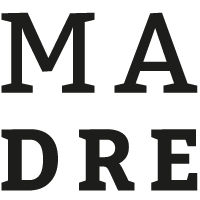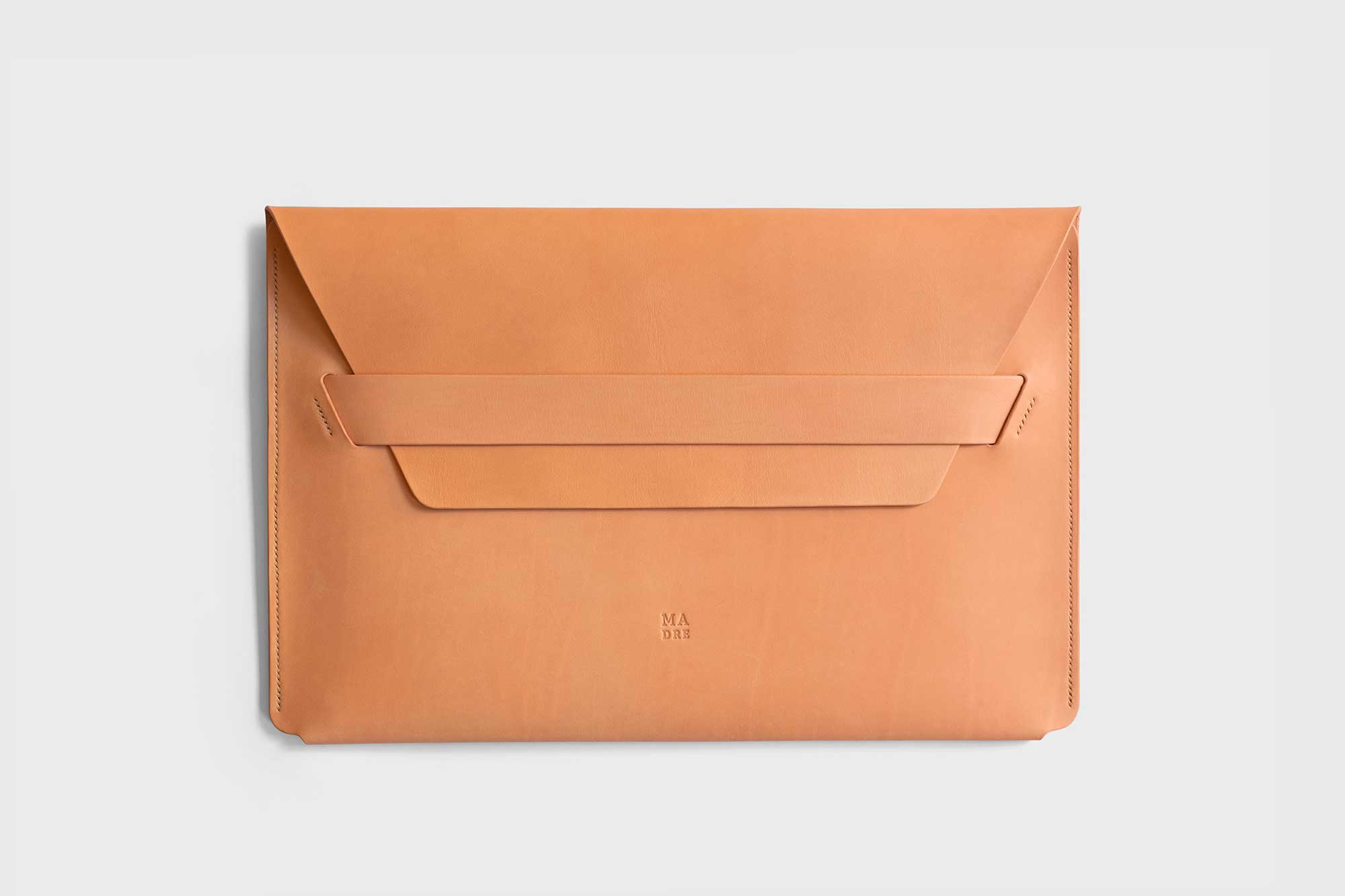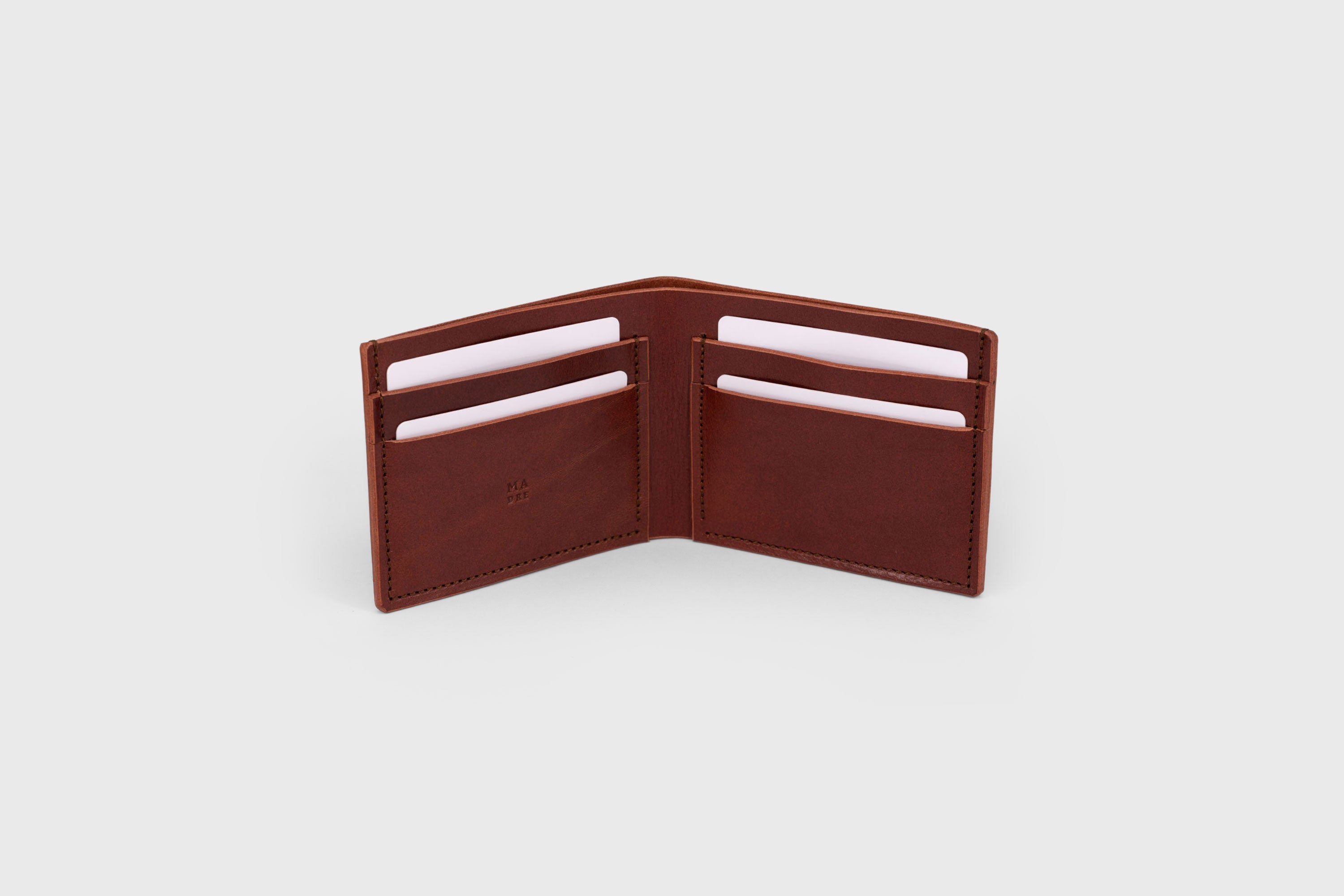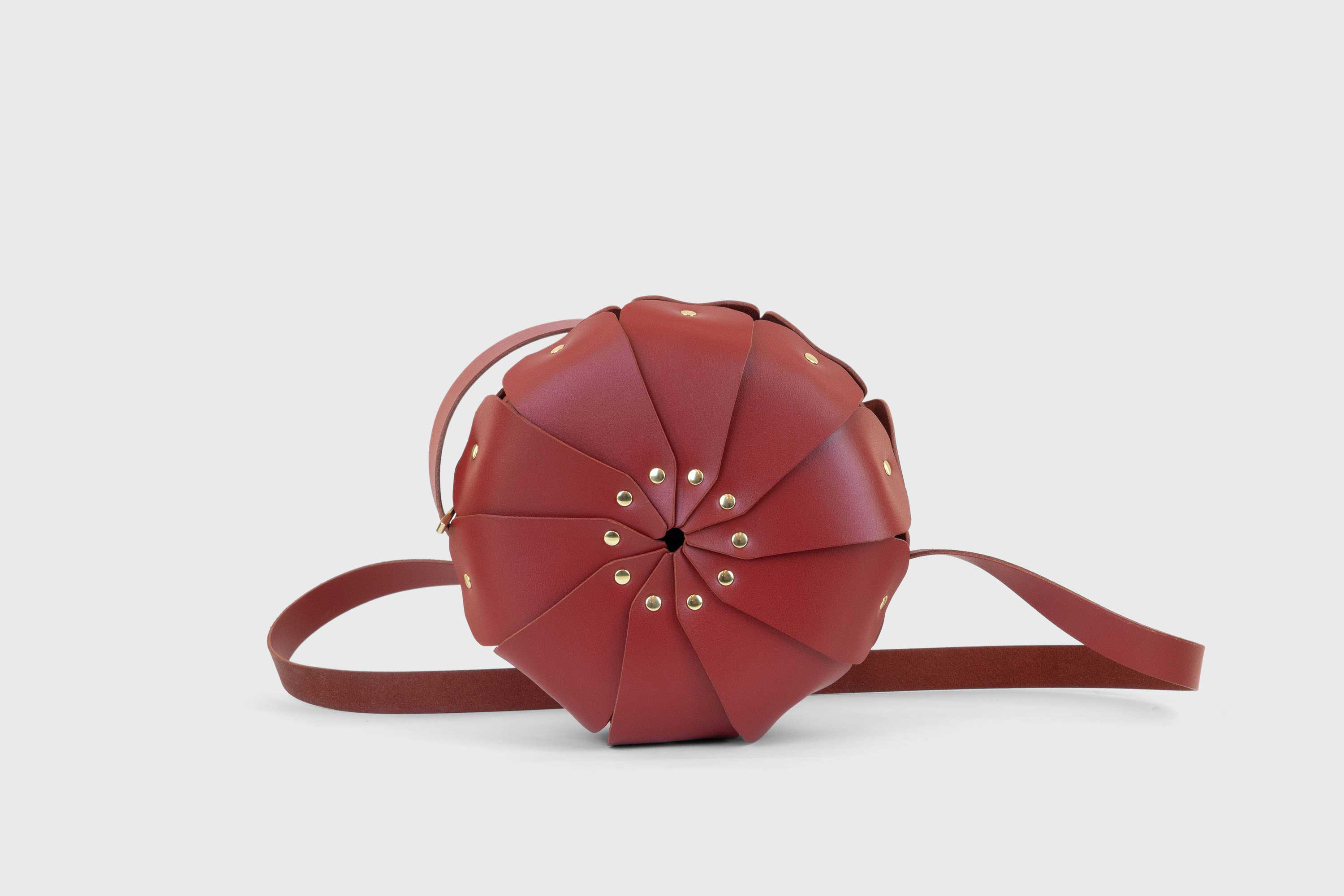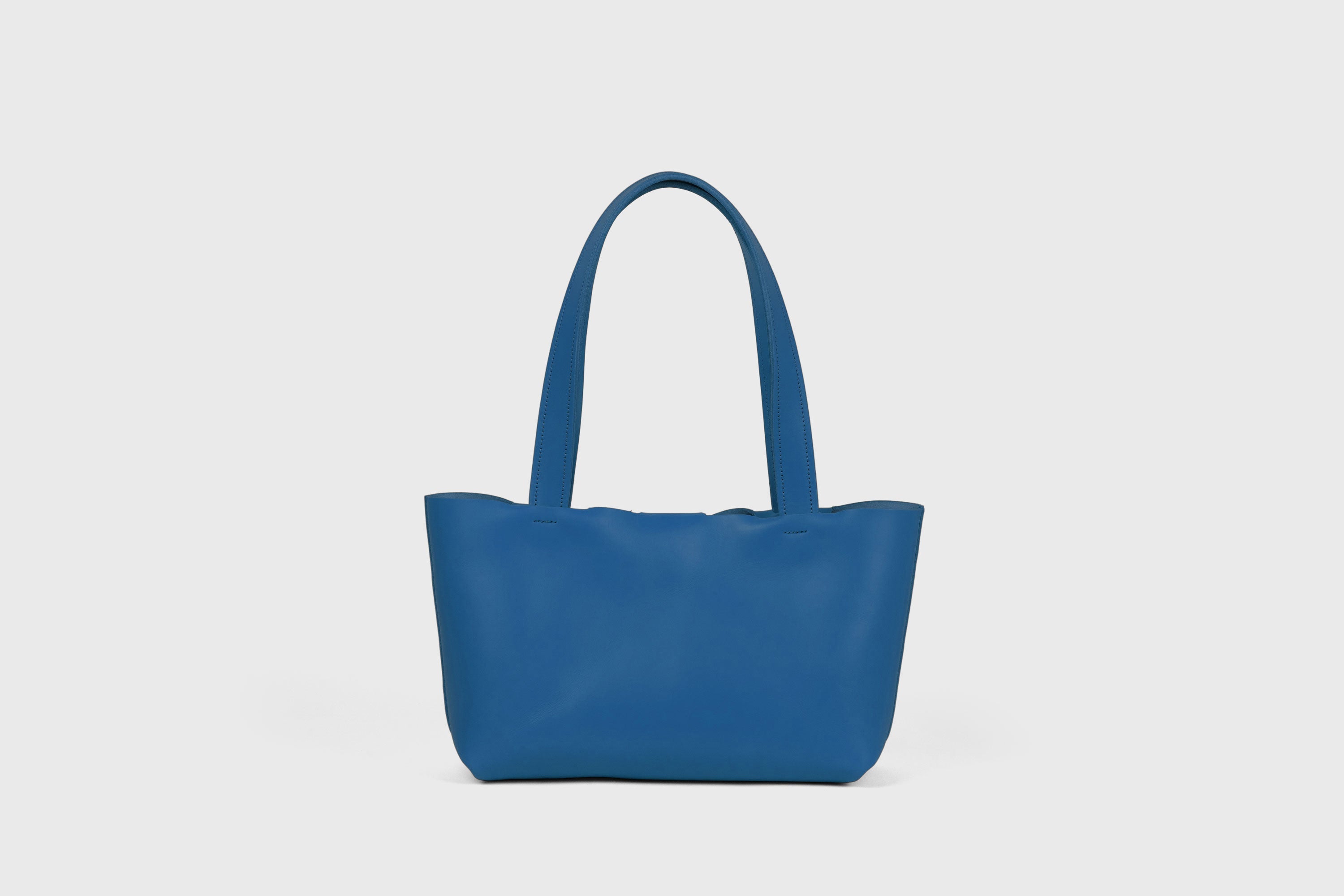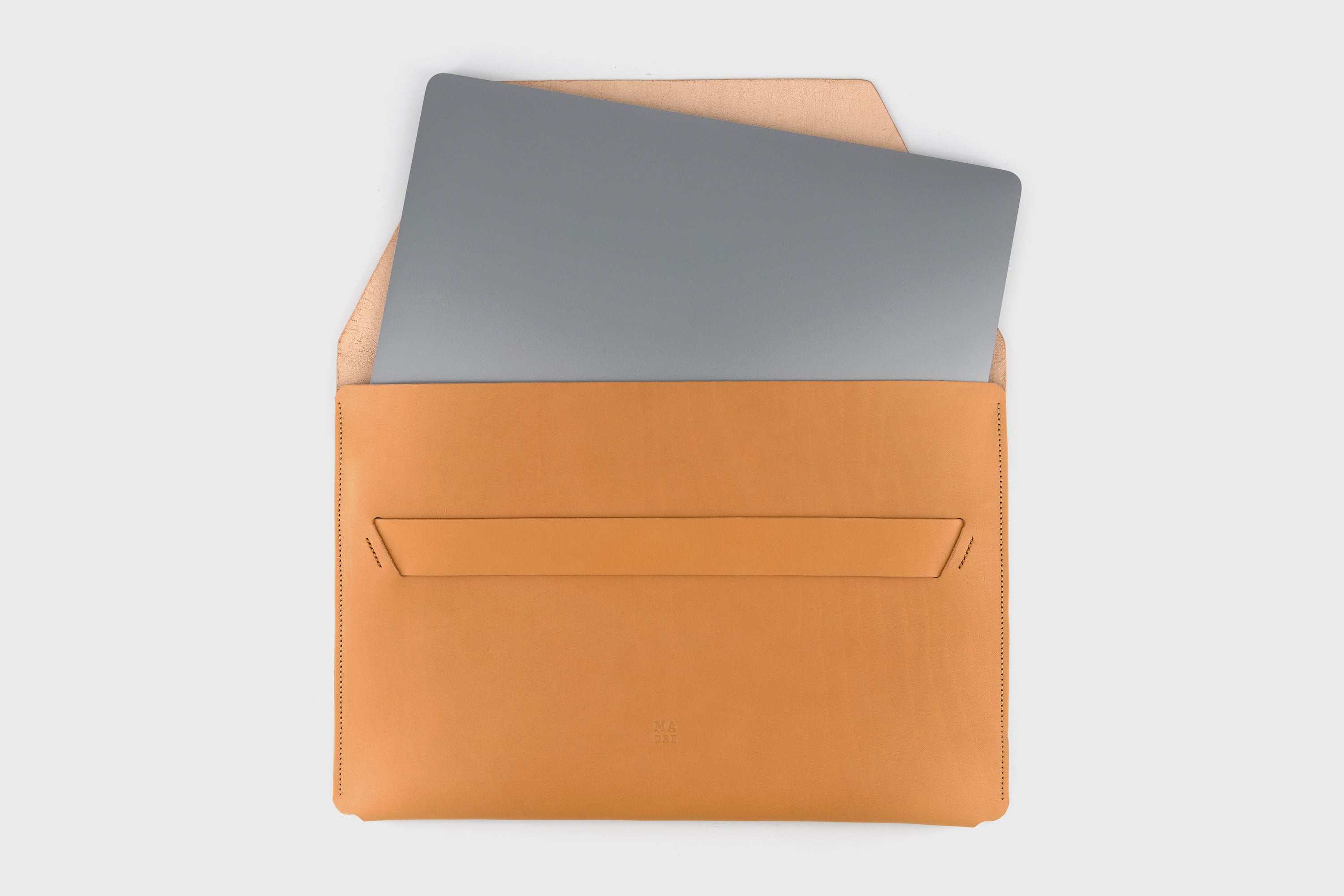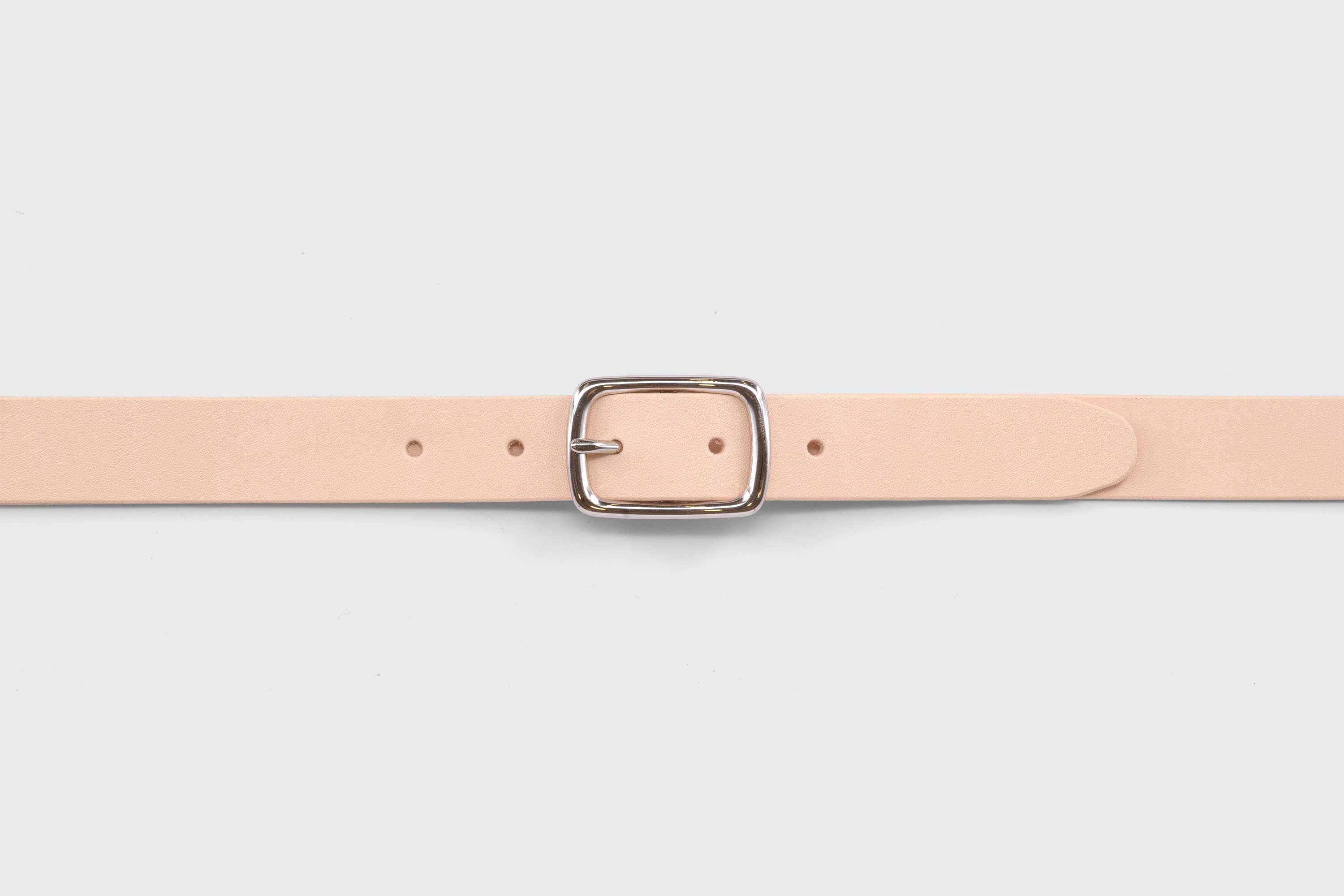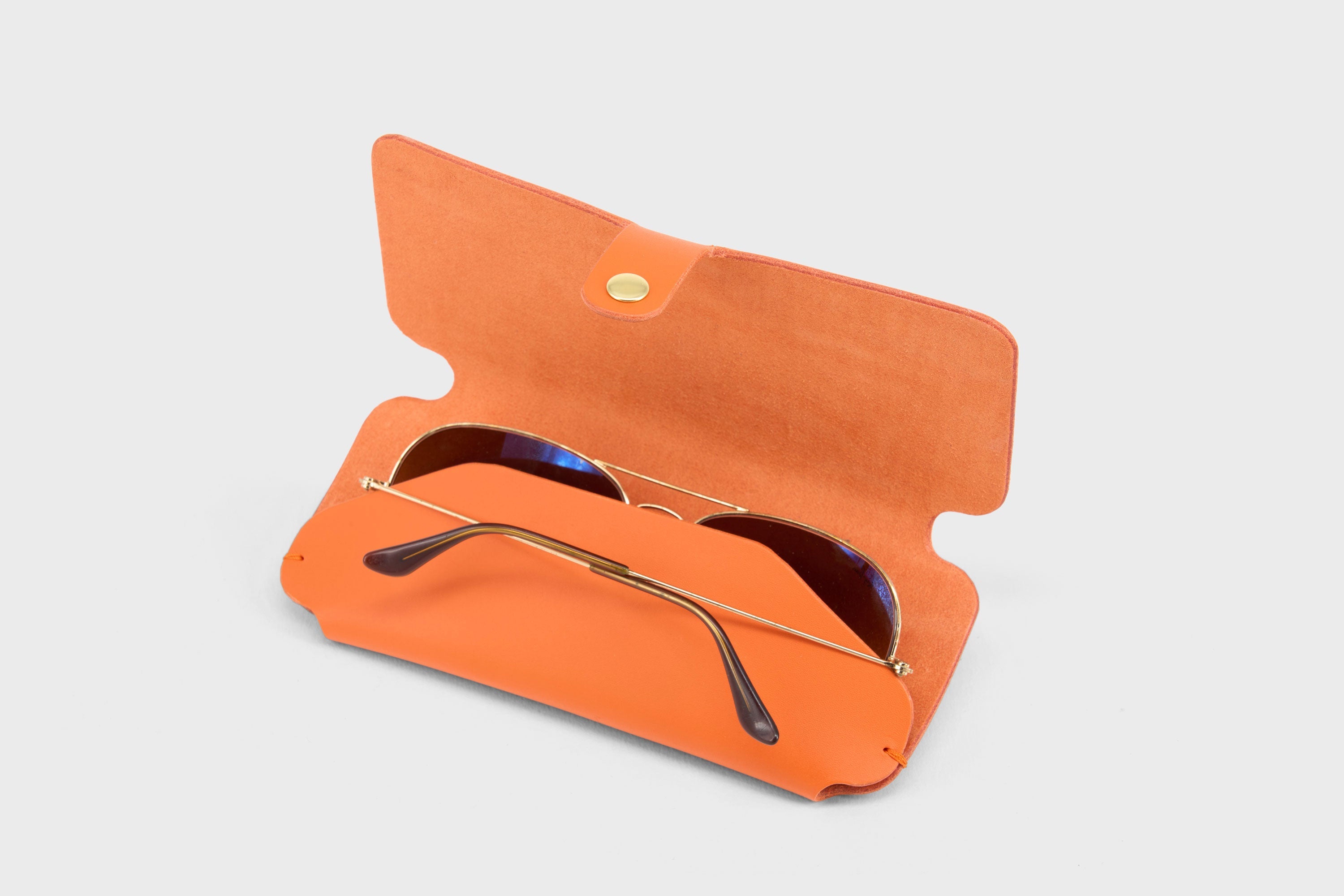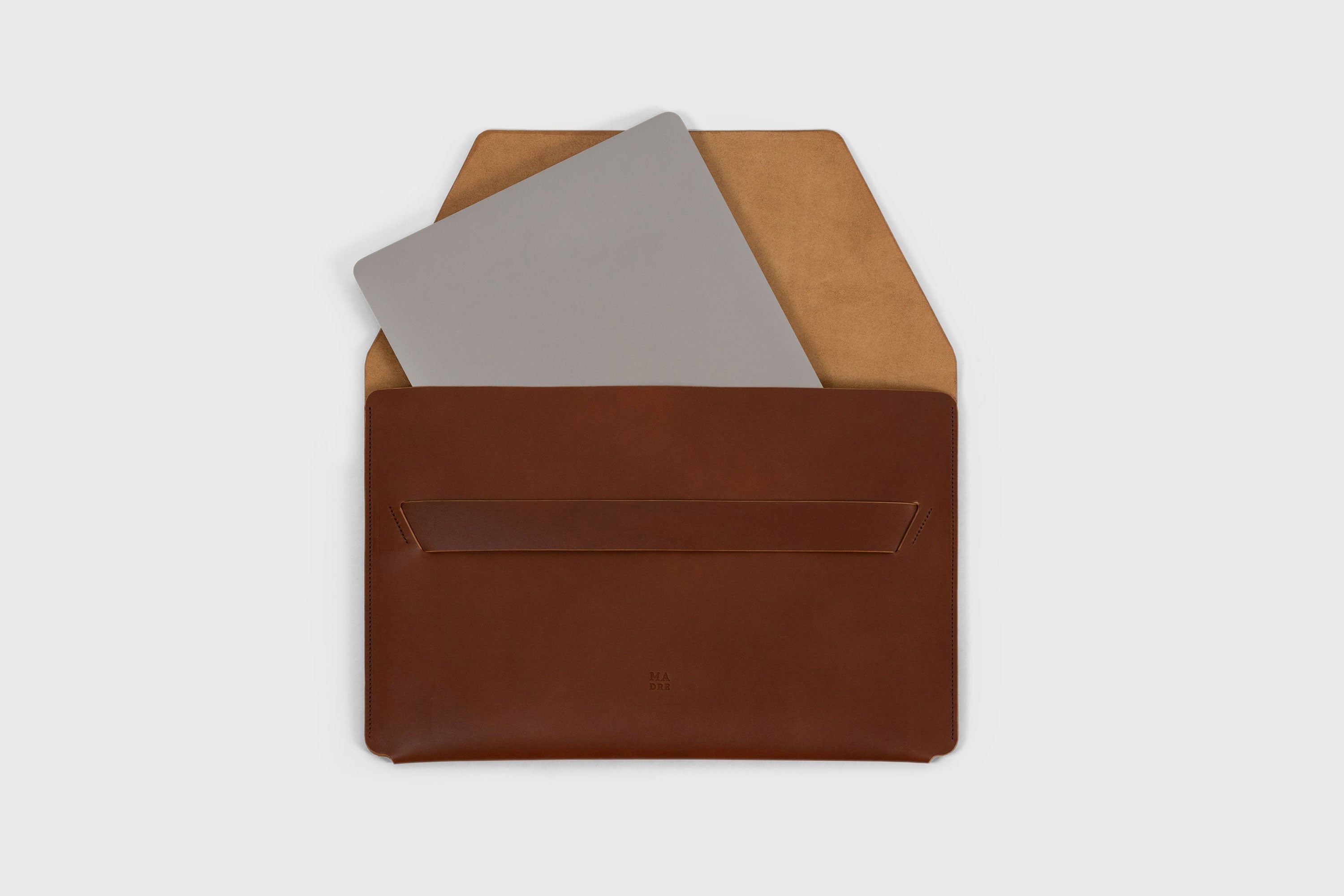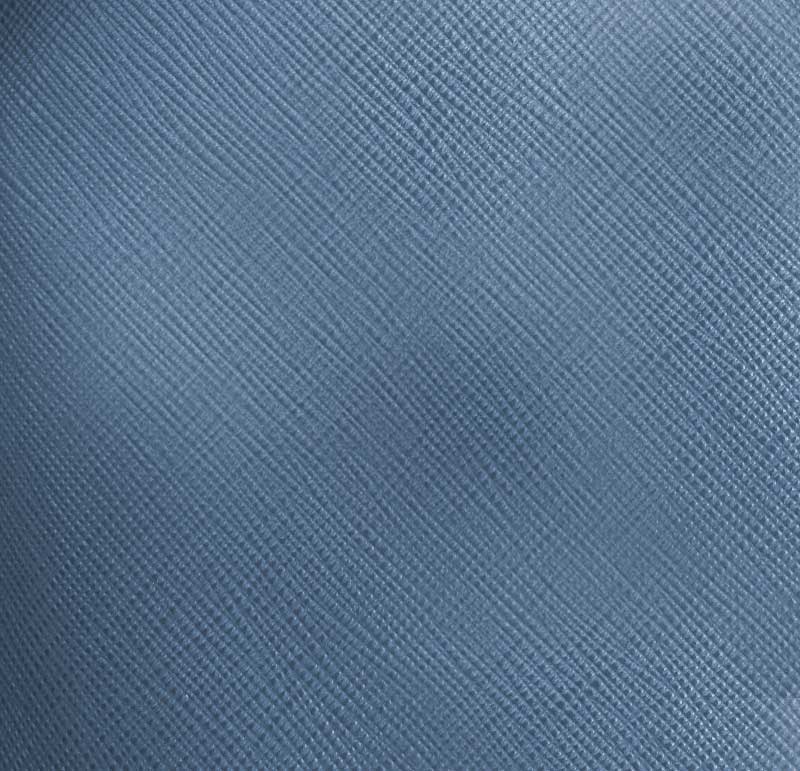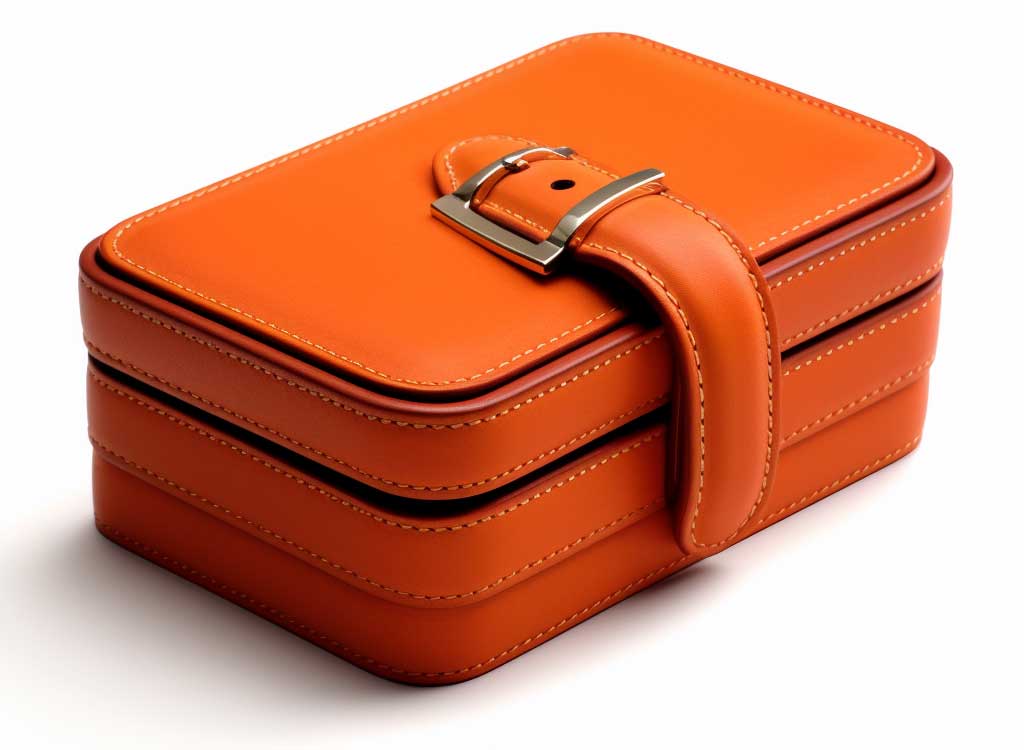
Box Calf Leather: An Unraveling of its Timeless Appeal
In the realm of fine leather, few materials captivate quite like box calf leather. Known for its refined aesthetic, durability, and the unique shine that forms over time, box calf leather remains an industry stalwart despite the evolution of myriad other materials. The appeal of box calf is deeply embedded in its heritage, its craftsmanship, and its unique properties, making it a perfect companion for luxury products ranging from high-end shoes to fashion-forward accessories.
Box calf leather finds its origin in the early 20th century, taking its name from Joseph Box, a shoemaker in London. Despite its association with British shoemaking, box calf leather isn't reserved for just footwear; it's equally revered in other sectors such as the fashion industry, interior design, and luxury goods market.
This comprehensive guide delves deep into the world of box calf leather, exploring its production process, characteristics, and uses. We'll also discuss how to care for this type of leather, ethical considerations, and what the future holds for this luxury material. If you're considering an investment in box calf leather or just interested in its storied history and qualities, read on to discover the timeless appeal of box calf leather.
Stay tuned to find out more about box calf leather, from its unique production process to how you can incorporate it into your wardrobe or living space. This guide aims to be a one-stop resource for all your box calf leather queries and interests, helping you appreciate this timeless material in all its glory.
Chapter 1: What is Box Calf Leather? History and Origin
Box calf leather, often shortened to just "box leather," is a type of calf leather that is well-regarded for its durability, glossy surface, and fine grain. It is made from the skins of young cattle, generally under ten months old. The tender age of the source animal ensures that the leather produced is smooth and fine-grained, with minimal defects.
The unique characteristic of box calf leather comes from its specific treatment process. This involves several stages of vegetable tanning, dyeing, and finishing to achieve its trademark smooth, lustrous finish that ages gracefully over time.
Box calf leather derives its name from a prestigious London shoemaker, Joseph Box, dating back to the early 1900s. Joseph Box Ltd. was known for creating high-quality shoes for the elite, and they became particularly famous for using a specific type of calf leather that eventually took their name. This unique leather was vegetable-tanned and dyed using aniline dyes to create a semi-transparent finish that allowed the natural grain of the leather to shine through. This type of treatment results in a distinctive lustrous finish and a supple feel that has made box calf leather a staple in the luxury leather industry.
Although it has a British origin, box calf leather has garnered a global reputation, thanks to its unparalleled quality and wide use in various luxury sectors. Its legacy continues today in the fashion and accessory industries, where it serves as a testament to timeless luxury and a symbol of artisanal craft. Its application extends beyond footwear, forming the heart of high-end bags, wallets, jackets, and even furniture, exhibiting the versatility and enduring appeal of this iconic material.
In the next chapter, we delve deeper into the production process that transforms a calf's hide into this iconic material, revealing the secrets behind its unique characteristics and timeless charm.
Chapter 2: The Making of Box Calf Leather: Material, Sources, and Production Process
The making of box calf leather is a testament to the meticulous craftsmanship and enduring practices of the leather industry. Here, we unravel the intricate process that breathes life into the raw hides, transforming them into the luxurious and durable box calf leather that we adore.
2.1 Box Calf Leather: Material and Sources
Box calf leather originates from the hides of young cattle, usually less than ten months old. The reason for this specific age is to ensure the hide's softness, pliability, and fine grain. This smooth grain provides an ideal canvas for the vegetable tanning and dyeing processes, resulting in the unique appearance and feel characteristic of box calf leather.
These hides often come from dairy breeds, especially those found in temperate climates. These regions provide optimal conditions for the cattle, reducing the chance of insect bites, scratches, or other defects that could mar the quality of the hide.
2.2 The Production Process of Box Calf Leather
The journey from raw hide to box calf leather is a complex and meticulous one, requiring several stages of processing:
Preparation: The raw hides undergo an initial preparation stage that involves cleaning, soaking, and liming. This stage removes the hair and other unwanted components from the hide, preparing it for the tanning process.
Tanning: The next step is vegetable tanning, which uses natural tannins from plant sources like chestnut, quebracho, or mimosa bark. This process takes several weeks and results in a hide that's resistant to decay, has a natural brown color, and retains the original structure of the hide.
Dyeing: The tanned hides are then dyed using aniline dyes. These are transparent dyes that penetrate the leather, enabling the natural grain and any unique markings to remain visible. The result is a rich, deep color that enhances the leather's natural beauty.
Finishing: The last stage involves finishing the leather by glazing and polishing it to create the signature glossy surface of box calf leather. This process also contributes to the leather's durability and resistance to water.
In the next chapter, we delve into the unique characteristics of box calf leather that distinguish it from other types of leather and contribute to its enduring appeal. Stay tuned to learn more about its appearance, texture, and durability.
Chapter 3: Unique Characteristics of Box Calf Leather
Box calf leather stands out in the world of leather due to its distinctive traits. From its appearance and texture to its durability and maintenance, box calf leather showcases a suite of qualities that make it a premium choice in various industries.
3.1 Appearance and Texture of Box Calf Leather
One of the most recognizable characteristics of box calf leather is its glossy, smooth surface. It is semi-transparent, meaning that while it's dyed, the natural grain of the leather is still visible. This leads to a depth of color and a unique patina that develops over time, enhancing the beauty of the material with each use.
The texture of box calf leather is equally notable. It's soft to the touch, flexible, yet durable - a combination that is not easily found in other leather types. This balance of suppleness and strength is one of the reasons box calf leather is such a sought-after material in high-quality footwear, bags, and other leather goods.
3.2 Durability and Maintenance of Box Calf Leather
Box calf leather is well-known for its durability. The vegetable tanning process it undergoes enhances the inherent strength of the calf hide, making it resilient to wear and tear and ensuring it lasts for years, even under constant use.
However, this doesn't mean box calf leather is maintenance-free. It's essential to properly care for and maintain this type of leather to preserve its look and extend its lifespan. This includes regular cleaning, conditioning, and protection from extreme conditions, all of which help to maintain the leather's flexibility and shine.
3.3 Pros and Cons of Box Calf Leather
Like any material, box calf leather has its advantages and disadvantages. On the positive side, its rich color, glossy finish, and fine grain give it a luxurious look and feel. Its strength and durability make it an excellent choice for products that see regular use, such as shoes and handbags. Over time, it develops a beautiful patina, which adds to its aesthetic appeal.
On the downside, box calf leather can be prone to scratching due to its smooth surface. It's also relatively high-maintenance, requiring regular care to keep it in top condition. And while it's water-resistant to a degree, it's not waterproof and can become discolored or stiff if it gets wet and isn't dried properly.
In the upcoming chapters, we will explore the practical applications of box calf leather, including its use in various industries, and provide tips on how to care for and maintain box calf leather products. Stay tuned to learn more about this luxurious material and how to make the most of it.
Chapter 4: Practical Applications of Box Calf Leather
From the runway to the living room, box calf leather has made its mark in various industries due to its luxurious aesthetics, durability, and timeless charm. Let's explore the different ways this versatile material is put to use.
4.1 Box Calf Leather in Fashion: Clothing, Shoes, and Accessories
Box calf leather is a popular choice in the fashion industry, particularly in the manufacturing of high-end shoes and accessories. Its smooth, glossy finish, coupled with its ability to hold color well, makes it a perfect material for luxury footwear. Brands known for their craftsmanship often employ box calf leather in their dress shoes and boots, valuing the material's resilience and the patina it develops over time.
Beyond footwear, box calf leather also graces the world of high-fashion accessories. From wallets and belts to handbags and luggage, its versatility shines. Designers frequently choose box calf for its luxurious feel, durability, and elegant appearance that only improves with age.
4.2 Box Calf Leather in Interior Design and Furnishings
The durability and aesthetic appeal of box calf leather have also found favor in the interior design and furnishing industries. It's commonly used in upholstery for furniture pieces like sofas, armchairs, and ottomans, adding a touch of elegance and sophistication to living spaces. Its durability ensures that these pieces withstand daily use while maintaining their visual appeal.
4.3 Famous Brands Using Box Calf Leather
Several high-end brands have become synonymous with box calf leather due to their consistent use of the material in their products. For instance, the French fashion house Hermès is famous for its 'Kelly' and 'Birkin' handbags, often crafted from box calf leather. Similarly, renowned shoemakers, including John Lobb and Edward Green, utilize box calf leather in their timeless shoe designs.
Understanding the widespread use of box calf leather paints a picture of its enduring appeal. However, owning a piece made from this material comes with the responsibility of maintenance. The next chapter delves into how to care for box calf leather products to ensure their longevity and preserve their unique characteristics.
Chapter 5: How to Care for Box Calf Leather Products
Box calf leather, with its enduring charm and sophisticated appeal, deserves careful maintenance to preserve its aesthetics and extend its longevity. Here are some practical tips for caring for your box calf leather items.
5.1 Maintenance Tips for Box Calf Leather Items
Cleaning: Regularly clean your box calf leather products using a soft, dry cloth to remove dust and dirt. If necessary, a lightly dampened cloth can be used for more stubborn dirt. Always remember to dry the leather thoroughly after cleaning, as leaving it damp can lead to discoloration or stiffness.
Conditioning: Box calf leather can dry out over time. To prevent this, use a high-quality leather conditioner every few months. This helps to maintain the leather's flexibility, prevents cracking, and enhances its sheen.
Storage: When not in use, store your box calf leather items in a cool, dry place away from direct sunlight, which can cause fading. Use a breathable dust bag for storage, especially for bags and shoes, to prevent dust accumulation and allow air circulation.
5.2 Common Mistakes in Caring for Box Calf Leather
While box calf leather is a robust material, it's also prone to scratches and stains if not handled properly. Avoid using sharp objects around your leather items and be careful with liquids, as box calf leather can stain. Additionally, avoid using harsh cleaning products that can strip the leather of its natural oils and damage its surface.
Another common mistake is neglecting regular care. While box calf leather is durable, it still needs occasional cleaning and conditioning to maintain its look and feel.
5.3 Professional Services for Box Calf Leather Care
For extensive cleaning, restoration, or repair, consider using professional leather care services. Professionals have the expertise and tools to handle more complex issues, such as deep staining, significant wear and tear, or necessary repairs, extending the life of your box calf leather items.
Caring for your box calf leather items can seem like a significant task, but regular maintenance can ensure they age gracefully and remain as stunning as the day you bought them. In the upcoming chapters, we'll delve into the ethical considerations around box calf leather and discuss where to buy and how to authenticate genuine box calf leather items.
Chapter 6: Ethical Considerations of Box Calf Leather
The use of animal-derived materials in any industry invariably leads to discussions around ethics and sustainability. This chapter will delve into some of the ethical considerations that surround the production and use of box calf leather.
6.1 Animal Welfare
Box calf leather, like all animal leathers, raises questions about animal welfare. As conscious consumers, it's essential to support brands and suppliers that prioritize ethical sourcing. This means they ensure the calves used for leather production are not mistreated and come from farms that adhere to high animal welfare standards.
6.2 Environmental Impact
The process of making box calf leather also has environmental implications. Vegetable tanning, the method used for box calf leather, is generally considered more environmentally friendly than chrome tanning. However, it still involves the use of large amounts of water and can lead to water pollution if not managed responsibly. Hence, it's important to support leather producers who practice sustainable manufacturing methods, including proper waste management and water recycling.
6.3 Sustainability and Longevity
One of the major factors that favor box calf leather from a sustainability perspective is its durability and longevity. High-quality box calf leather products can last for decades with proper care, reducing the need for frequent replacements and consequently reducing waste.
Moreover, the vegetable tanning process used for box calf leather can be more sustainable than synthetic alternatives. This is because it uses organic tannins, which are biodegradable, compared to the heavy metals used in other tanning processes.
6.4 Ethical Alternatives
For those concerned about the ethical implications of using animal leather, there are alternatives. These include plant-based leathers, like those derived from mushrooms or pineapple fibers, and lab-grown leather, which is still in its developmental stages. However, these alternatives come with their own set of environmental considerations and may not offer the same durability or aesthetic qualities as box calf leather.
Understanding these ethical considerations is crucial for any conscious consumer. As we continue, we'll focus on how to identify genuine box calf leather products and where to buy them to ensure you're investing in ethically produced and high-quality items.
Chapter 7: Buying Box Calf Leather: How to Authenticate and Where to Shop
When investing in box calf leather, it's important to know how to identify genuine products and where to find them. Here are some insights to guide you through this process.
7.1 How to Authenticate Box Calf Leather
Authenticating box calf leather can be tricky, especially for those unfamiliar with the material. However, a few indicators can help you verify its authenticity:
Texture: Genuine box calf leather is smooth and fine-grained due to the young age of the animal from which it's sourced. The surface should feel soft and supple.
Smell: Real leather has a distinctive smell that cannot be replicated by synthetic alternatives. This aroma should be rich and natural.
Burn Test: This should be the last resort, considering its destructive nature. Real leather will char but not catch flame, and it will have a distinct burnt hair smell. Synthetic leathers will melt and might even catch fire, emitting a smell of burning plastic.
Price: Genuine box calf leather is a premium material and hence comes with a higher price tag. If a product seems too cheap, it's likely not authentic box calf leather.
7.2 Where to Shop for Box Calf Leather
Shopping for box calf leather products should be done at reputable outlets. Here are a few options:
High-End Fashion Retailers: Luxury brands often carry products made from box calf leather. These places ensure high quality and ethical sourcing, but they also come with higher prices.
Boutique Leather Goods Stores: These are often smaller, specialized stores that value craftsmanship and quality. They might carry unique pieces from local or less-known artisans.
Online Retailers: Online shopping platforms can be a convenient place to find box calf leather products. However, be cautious when shopping online – verify the authenticity of the products and ensure the retailer is reputable.
Vintage Stores: Box calf leather items age well, so don't overlook vintage or second-hand shops. You might find well-preserved pieces with a beautiful patina that adds character.
Choosing genuine box calf leather products and shopping from reliable sources helps to ensure you're investing in quality items that will last. In the next chapter, we'll take a glimpse into what the future may hold for this timeless material.
Chapter 8: The Future of Box Calf Leather
Box calf leather, with its rich heritage and timeless appeal, is a material that seems to transcend trends. As we look to the future, several factors could influence its role in the world of fashion, interior design, and beyond.
8.1 Technological Innovations in Leather Production
Technological advancements are shaping the future of the leather industry, including the production of box calf leather. From improved waste management systems to more efficient tanning processes, these innovations aim to make the production process more sustainable and less harmful to the environment.
Additionally, techniques are being developed to improve the durability and water-resistance of box calf leather without compromising its aesthetic appeal. This could broaden the range of applications for box calf leather and make it a more attractive choice for consumers.
8.2 Sustainable and Ethical Focus
As consumers become more conscious of the environmental and ethical implications of their purchases, the demand for sustainable and ethically-produced leather is likely to increase. Box calf leather producers will need to ensure their practices align with these values, emphasizing animal welfare, sustainable sourcing, and responsible production methods.
8.3 Alternatives to Box Calf Leather
The rise of veganism and concerns over animal welfare have spurred the development of plant-based and synthetic alternatives to leather. While these alternatives are unlikely to fully replace box calf leather, particularly in the luxury market, they may offer more choices for consumers and potentially influence the demand and pricing of box calf leather.
8.4 Preservation of Craftsmanship
The production of box calf leather is a centuries-old craft, and preserving this tradition is important to many in the industry. As such, even as technological and societal shifts influence the leather industry, the skill and artistry involved in creating box calf leather are likely to remain valued and preserved.
The future of box calf leather looks promising, with opportunities for innovation and growth. However, it also involves challenges, particularly concerning sustainability and ethics. But with awareness and responsible practices, box calf leather can continue to be a material that combines luxury, durability, and timeless appeal for generations to come.
Chapter 9: Conclusion: The Timeless Appeal of Box Calf Leather
As we conclude our deep-dive into box calf leather, it's clear that this unique material has played a significant role in various industries due to its distinct characteristics, versatility, and timeless appeal.
Box calf leather stands out for its smooth, glossy finish, the depth of color it develops, and the beautiful patina it acquires over time. Its strength and durability make it an excellent choice for products ranging from high-end shoes to luxury handbags and sophisticated furniture pieces.
Notable brands have long recognized the value of box calf leather, using it to create products that reflect their commitment to quality and craftsmanship.
But owning box calf leather items is not just about luxury and aesthetics. It also comes with the responsibility of proper care and maintenance. Regular cleaning, conditioning, and safe storage can extend the life of box calf leather products, ensuring they remain as beautiful as the day they were purchased.
The production and use of box calf leather also raise important ethical and environmental considerations. As consumers, supporting producers who prioritize ethical sourcing, responsible production methods, and sustainability is crucial.
While the rise of plant-based and synthetic alternatives presents new options for consumers, they do not diminish the value of box calf leather. Instead, they underscore the importance of preserving the artistry and tradition that go into making this remarkable material.
Looking ahead, the future of box calf leather seems poised for both growth and evolution. Technological innovations, a greater emphasis on sustainability and ethics, and the continued preservation of craftsmanship will likely shape this future.
In conclusion, box calf leather represents a beautiful blend of tradition, luxury, and durability. Its unique qualities and timeless appeal make it a material that will continue to be revered and cherished in the years to come. Whether you're an avid fashion enthusiast, a lover of quality craftsmanship, or simply someone who appreciates the finer things in life, box calf leather holds a unique allure that is hard to resist.
Chapter 10: Atelier Madre's Vegetable Tanned Calf Leather: A Perfect Blend of Tradition and Innovation
As we delve into the world of vegetable-tanned calf leather, there's a name that consistently stands out: Atelier Madre. A brand synonymous with impeccable craftsmanship, unwavering commitment to quality, and dedication to sustainability, Atelier Madre is revolutionizing the way we think about box calf leather.
10.1 The Atelier Madre Difference
At Atelier Madre, box calf leather is not just a material; it's a work of art. Each piece of leather is carefully selected, meticulously processed, and lovingly handcrafted into beautiful and long-lasting products.
At the heart of Atelier Madre's operations is a respect for tradition. The brand proudly employs age-old vegetable tanning processes that have been passed down through generations. This method, which uses natural tannins derived from plants, produces calf leather with an unrivaled depth of color, durability, and a unique ability to develop a beautiful patina over time.
10.2 Sustainability at the Core
What sets Atelier Madre apart is not only the quality of its products but also its dedication to ethical sourcing and sustainability. The brand is committed to upholding high animal welfare standards and ensuring minimal environmental impact in its production processes.
By choosing vegetable tanning over other methods, Atelier Madre reduces its environmental footprint, creating products that are not just beautiful, but also kinder to our planet.
10.3 Unmatched Craftsmanship
Atelier Madre's craftsmanship is second to none. Each product is thoughtfully designed and skillfully crafted to celebrate the natural beauty of box calf leather. Whether it's a luxurious handbag, a sophisticated wallet, or a durable belt, every Atelier Madre item tells a story of heritage, quality, and attention to detail.
10.4 Discover the Atelier Madre Collection
Investing in a piece from Atelier Madre means owning an item crafted from the finest vegetable-tanned calf leather, produced with respect for both tradition and the environment. With a wide range of products that cater to various tastes and needs, there is something for everyone.
For those who value durability and timeless elegance, Atelier Madre's calf leather goods are a must-have. We invite you to explore the Atelier Madre collection and experience the difference that impeccable craftsmanship, superior quality, and a commitment to sustainability can make.
As we conclude, we hope this journey through the world of box calf leather has not only enlightened you but also inspired you to make informed choices that respect tradition, value quality, and promote sustainability. Remember, every purchase is a statement of your values. Make yours count with Atelier Madre.
Chapter 11: Frequently Asked Questions about Box Calf Leather
After diving deep into the world of box calf leather, let's address some commonly asked questions. These queries and their answers provide quick, informative insights into box calf leather and its many facets.
11.1 What makes box calf leather different from other types of leather?
Box calf leather is distinguished by its smooth and glossy finish, fine grain, and incredible durability. It's sourced from the hide of young calves, which gives it a tighter grain structure and makes it less prone to scarring or blemishing. The vegetable tanning process it undergoes further enhances its resilience and allows it to develop a beautiful patina over time.
11.2 How do I care for my box calf leather items?
Caring for box calf leather items involves regular cleaning with a soft, dry cloth, conditioning every few months with a high-quality leather conditioner, and proper storage away from direct sunlight and in a cool, dry place. For more stubborn dirt, a lightly dampened cloth can be used, but ensure to thoroughly dry the leather afterwards.
11.3 How can I tell if a product is made from genuine box calf leather?
Genuine box calf leather has a distinctive smooth texture, fine grain, and a natural leather smell. It is also typically more expensive due to its quality. In some cases, you may want to rely on the reputation of the seller or brand to ensure the authenticity of the leather.
11.4 Is box calf leather ethical?
Ethical considerations around box calf leather involve animal welfare, environmental impact, and sustainability. Supporting producers that prioritize ethical sourcing, use sustainable production methods, and produce durable products that don't need frequent replacement can make your box calf leather purchase more ethical.
11.5 What kind of products is box calf leather commonly used for?
Box calf leather is commonly used in high-end fashion items like shoes, wallets, and handbags due to its aesthetic appeal and durability. It's also used in luxury furniture pieces and other goods that benefit from its unique properties.
11.6 Why should I consider purchasing from Atelier Madre?
Atelier Madre stands out for its unwavering commitment to quality, impeccable craftsmanship, and dedication to sustainability. Their calf leather products are vegetable-tanned and handcrafted with a respect for tradition, making them a standout choice for those who appreciate luxury, durability, and ethical production.
We hope this chapter answers some of your burning questions about box calf leather. With this comprehensive understanding, you're now better equipped to appreciate, choose, and care for your box calf leather items, ensuring they remain as timeless as the material itself.
